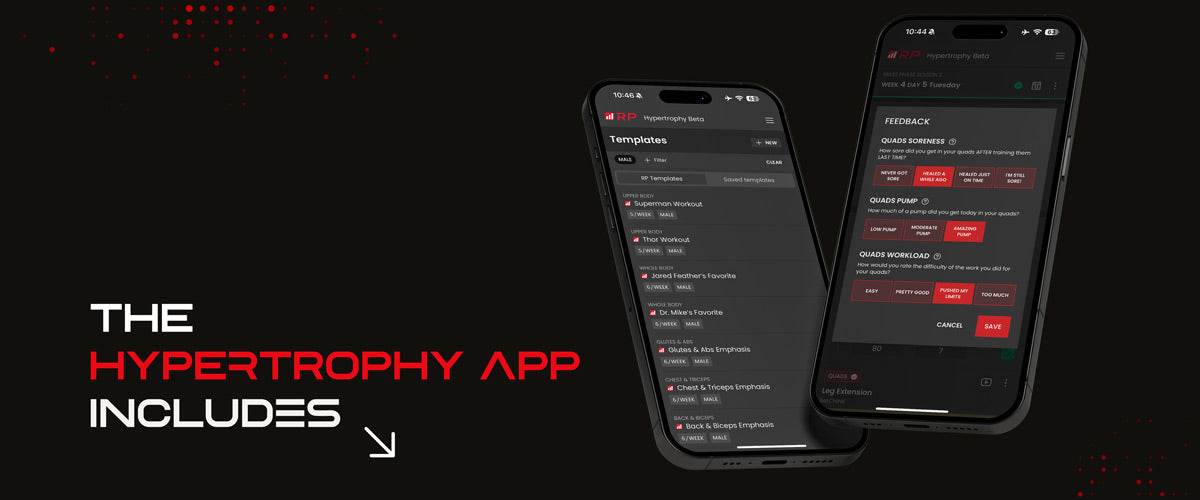With 15.8 million Instagram followers, Kayla Itsines is one of the most recognizable names in fitness — but do her workouts hold up under scrutiny? Dr. Mike from RP Strength puts her routines and nutrition advice under the microscope, offering insight into what works, what doesn’t, and how beginners can tell the difference between effective training and performative movement.
TL;DR
- Many influencer workouts use very light weights and avoid real effort — limiting results.
- Some exercises are well executed (e.g., rows, glute work), but others are underloaded or misnamed.
- Nutrition guidance is well-meaning, but lacks the structure needed for consistent fat loss.
The Good: Technique, Energy, and Accessibility
Dr. Mike gives credit where it’s due — Kayla’s execution of basic movements like shoulder presses, rows, and stiff-legged deadlifts is solid. Her energy is upbeat, and her programs are approachable for a broad audience. That matters when trying to motivate millions of beginners to move more.
Movements like the clean and press (though not a true Olympic clean), deficit ab exercises, and bodyweight glute work all create a decent training stimulus — especially for beginners working out at home with limited equipment.
The Bad: Fundamental Underloading and “Fitness Theater”
The biggest issue, according to Dr. Mike, is effort — or the lack of it. Many of the exercises featured in influencer-style routines are performative: they look like training, but don’t challenge the muscles enough to cause growth or fat loss. Examples include elevated glute bridges with no weight or isometric shoulder taps done instead of pushups.
Underloading is especially common in women-focused routines where rep counts are given without effort targets. As a result, workouts feel productive but yield minimal progress over time. Without close-to-failure effort, hypertrophy simply doesn't happen.
The Nutrition Debate: Mindset vs. Metrics
Kayla emphasizes a balanced, intuitive approach to eating without calorie counting — a helpful message for women battling unhealthy scale obsession. However, Dr. Mike makes the case for pairing that mindset with measurable tracking tools like the RP Diet Coach or MacroFactor app.
He argues that understanding how food impacts body weight doesn’t have to be harmful — and for those seeking serious fat loss, it’s often necessary. As he puts it: “Weight is just a number. It’s not your worth — but it is a system you can use to guide results.”
So Should You Follow Influencer Programs?
If your goal is to move more, build a consistent routine, and enjoy fitness — Kayla’s approach is a great start. But if your goal is dramatic physique change or high-level hypertrophy, you’ll need to push closer to failure, use heavier resistance, and follow a more progressive training plan.
Dr. Mike closes by giving respect to Kayla for building such an inspiring brand — while encouraging viewers to eventually graduate to more structured, science-based programs when they’re ready to go beyond basic movement and into real transformation.
